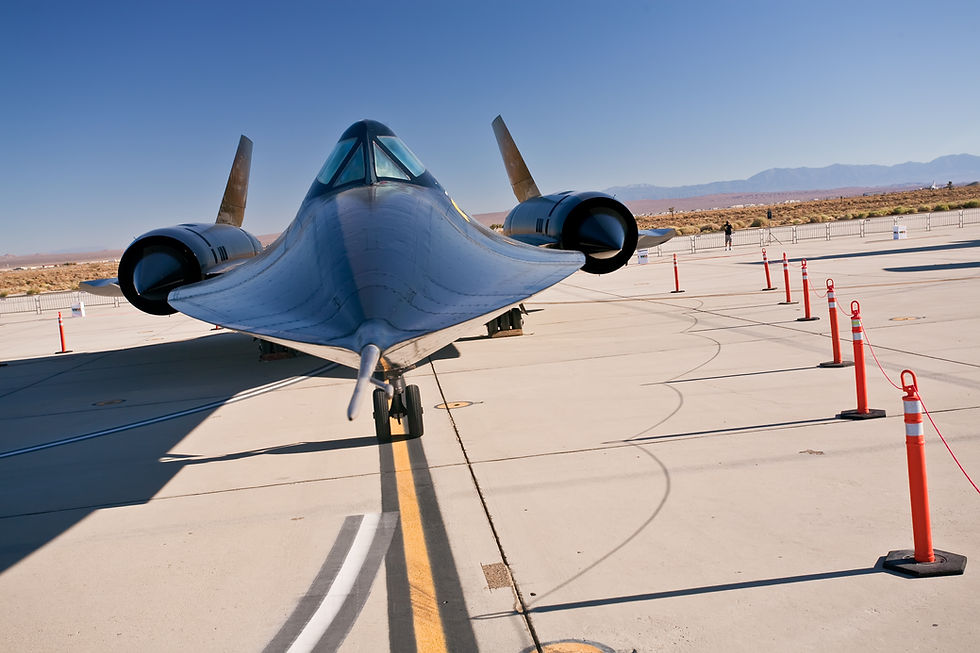Airplane materials evolving from wood and cotton fabric to thermoplastics and carbon fiber
- Koen Hollevoet
- Dec 16, 2020
- 2 min read
December 17, 1903 : The Wright brothers, Orville and Wilbur succeeded the first powered manned aircraft flight. The passion and persistence of the brothers turned into a very well-engineered aircraft. For several years, the brothers tested multiple glider prototypes on the beach of Kitty Hawk (North Carolina) with mixed successes. Back at their home in Dayton (Ohio), they built a wind tunnel to accelerate the testing and developing of their ideas. Finally, on December 17, 1903 Orville Wright took off for the first engine propelled flight. The structure of their first aircraft was made of spruce wood and cotton fabrics.
For a nice and educational biography of the Wright brothers, watch https://www.youtube.com/watch?v=Qt3pry6cWJM

The Wright brothers used aluminum in some of their next airplane models, but it was considered too heavy and very expensive at that time. It was Junkers who built in 1915 the first military airplane (Junkers J1) with an aluminum fuselage structure. The real breakthrough for aluminum aircraft structures came in 1928 with the Ford Tri-Motor. This first aluminum passenger airplane also kicked off modern commercial passenger air transportation. The Ford Tri-Motor was used for commercial passenger flights from New York to California, a 48-hour journey.

Over the years, specific aluminum alloys were developed to better meet the specific mechanical performance needs for building lighter and safer airplanes. Titanium and steel are only used on a small number of parts, due to cost and weight, respectively. One of the exceptions is Lockheed SR-71 Blackbird, primarily made from titanium.

The quest for weight reduction drove the industry to look also into composites. Thermoset materials with carbon fiber reinforcement are widely used in the Boeing 787 Dreamliner and the Airbus A350 and have now spread into many other aircraft platforms.


The next material trend for future airframe structures is carbon reinforced thermoplastics. Thermoplastics have some significant advantages over thermoset materials : they make production faster and more economical (enables faster processed, room temperature storage). Depending on the selected thermoplastic material, they offer better mechanical performance (low weight, toughness), great environmental performance (resistance to chemicals, resists extreme temperature variations, good radiation resistance) and more safety (fire retardant, smoke, and toxicity). But also at the end-of-life of the airplane, thermoplastics offer great recycling advantages. GKN Aerospace (formerly Fokker Technologies) is one of the pioneers producing thermoplastic tail structures since many years. Stelia Aerospace has been showcasing their full thermoplastic “TP Arches Box” demonstrator in 2017.
Composite airframe structures come also with specific challenges that are no longer for granted, such as lightning strike protection, de-icing and enable new wiring technologies. These are the areas where Compolam can offer suitable materials and expertise.
Contact us for more technical insights @ koen.hollevoet@compolam.com
Koen Hollevoet
General Manager
Compolam BV

Comments